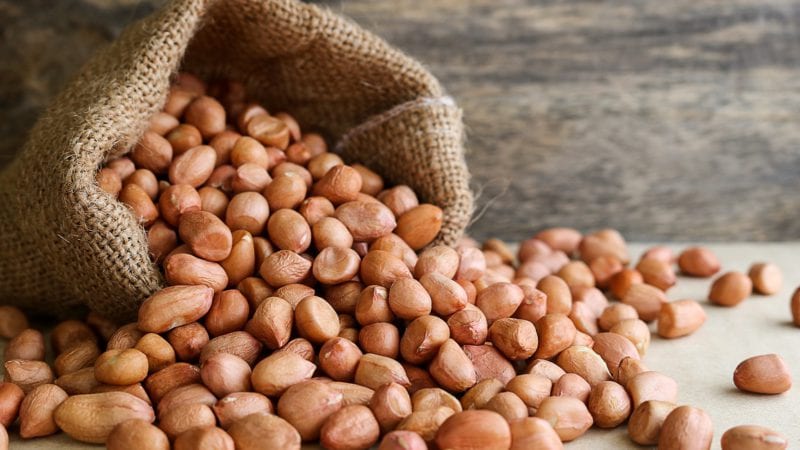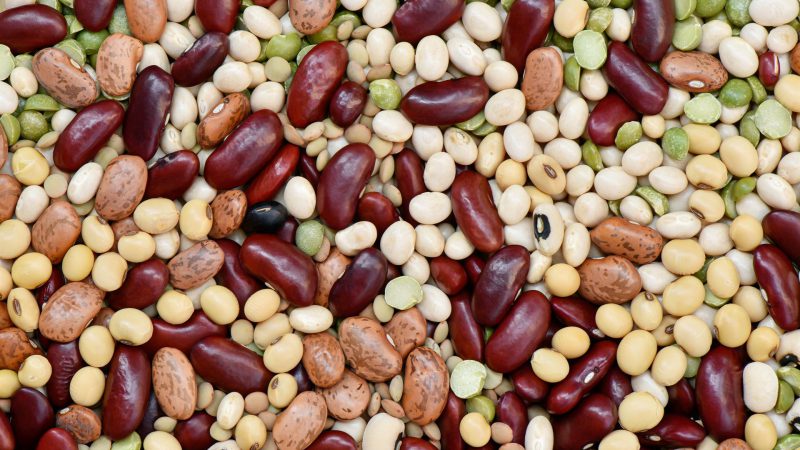
Sesame Seed (Sesamum Indicum), also Benne
We trade:
Natural and hulled sesame seed
Appearance:
Sesame can be divided into five main types Whitish, Mixed, Reddish, Black and Golden.
Main growing countries:
Tanzania, Mozambique, Malawi, Ethiopia, Sudan, Uganda, Nigeria, Burkina Faso, Tchad, Senegal, India, Myanmar and China.
Used for:
It is either hulled and then eaten as a seed in bakery and confectionary products, or crushed to make oil or as an ingredient in sesame paste (tahini).
Food recipes over the world:
Sesame seed is a traditional ingredient in Asian and Middle Eastern countries where it is part of many recipes: Tahini (base ingredient for Hummus), Goma Dare/Zhi Ma Jiang (Japanese/Chinese dipping sauce), Halva (sesame cake), in many Asian dishes as flavouring oil (Japanese tempura, Chinese noodle),it is also used in pastry and bakery over the world (burger buns).
Facts:
Sesame seed is one of the most ancient cultivated oil seed, it’s first uses date back to around 3000-3500 BC. It has one of the highest oil content in oil seed (over 50%) and is renowned for its excellent health benefits. There are many wild varieties. Sesame is cultivated in all tropical regions around the world, but the main producing regions are Asia and Africa.
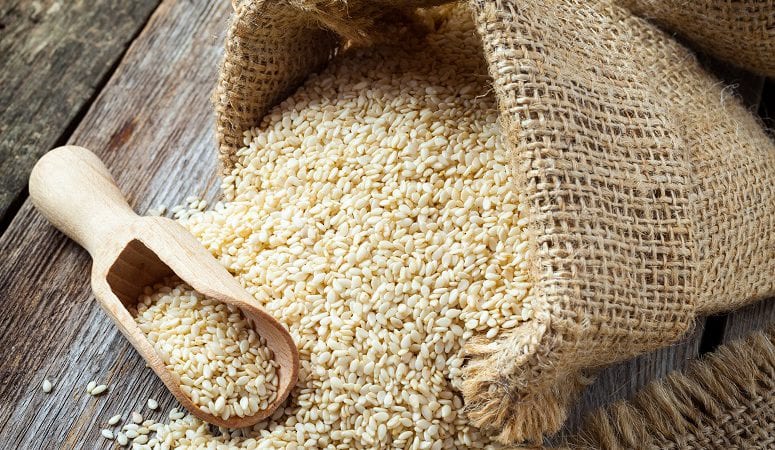
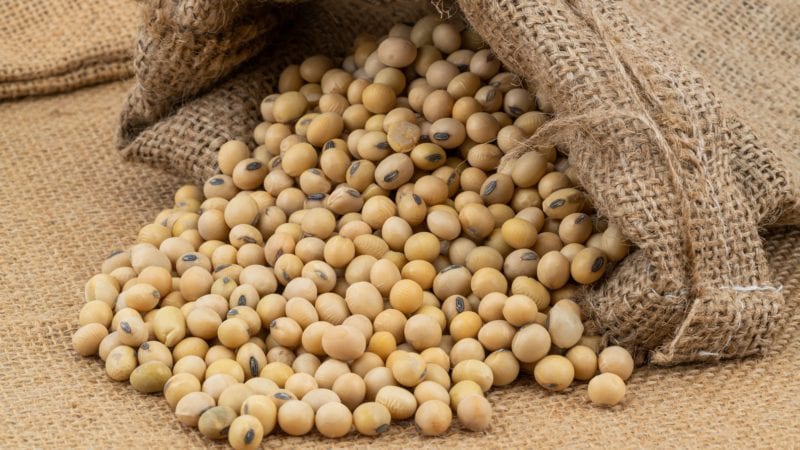
Soya Beans: (Glycine Max)
We trade:
African origin soya beans.
Appearance:
Traded varieties are mostly golden yellow (brown, tan) but soya beans can also be green, brown or black.
Main growing countries:
Tanzania, Mozambique, Malawi, Ethiopia, Zambia, Benin, Burkina Faso. The biggest exporters worldwide are Brazil, the US and Argentina.
Used for:
Numerous applications in food, feed and industrial applications. Most visible in Asian cuisine in soy sauce, tempeh, miso, tofu, soy milk. It is also used as cooking oil and sustainable fuel.
Facts:
The plant originates in East Asia. It grows ideally in moderately warm, fertile, well drained sandy/loam soil. Soya is the most important bean crop in the world and an indispensable source of protein both for food and feed. Oil content is relatively low at 18%, soya beans a very rich in protein and low in starch. Soya offers a complete protein profile.
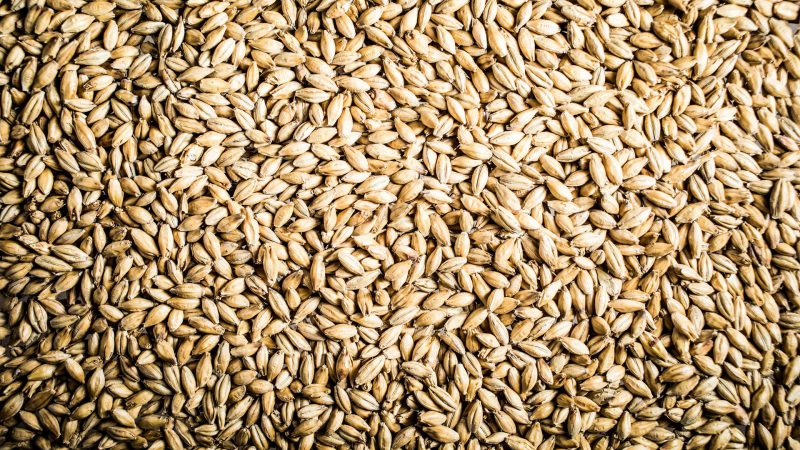
Ground nuts (Arachis hypogaea), also peanuts, pindar, monkey nut, goober
We trade:
Groundnut kernels (Peanut kernels)
Appearance:
Pink Skin, Red skin
Main growing countries:
Sudan, Nigeria, Tanzania, Mozambique, Ethiopia, Senegal, China, India, US, Argentina.
Used for:
Edible oil in cooking, peanut butter, snacks (roasting/salting/boiling), protein extraction and industrial uses.
Facts:
The oldest traces of cultivated groundnuts date back some 7500 year to Peru. From South America cultivation spread more of less worldwide wherever tropical and subtropical climates can be found, including Africa. The plant is grown for its edible seeds. It grows in tropical and subtropical climates. Ground nuts can be considered both a grain legume and an oil crop due to the high oil content. China is the biggest producer worldwide, followed by India.
